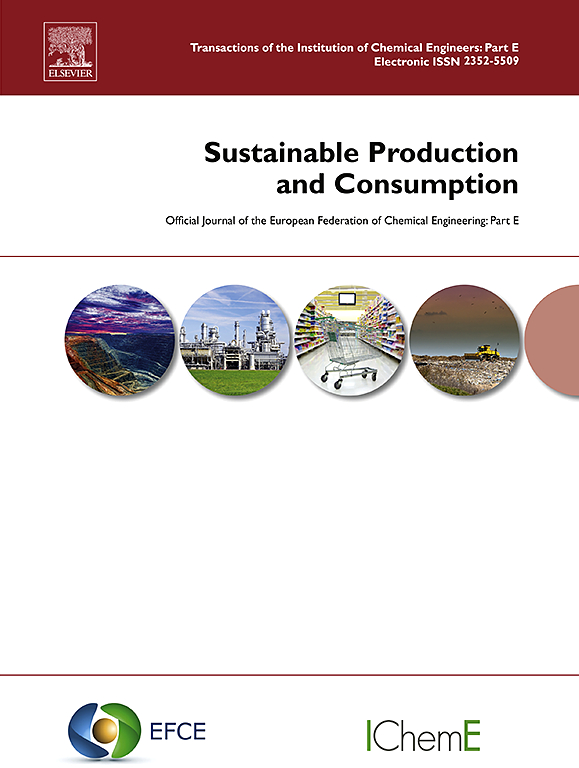Uncovering the structure and evolution of global virtual water and agricultural land network
IF 10.9
1区 环境科学与生态学
Q1 ENVIRONMENTAL STUDIES
引用次数: 0
Abstract
The effective management and allocation of water and land resources is pivotal for ensuring global food security and facilitating the transition towards sustainable development. Combining multi-regional input-output analysis and complex network modelling, this study examining the spatial-temporal evolution and topological structures of multi-layer virtual water and agricultural land networks, analyzed the network characteristics of different countries/regions, and tested the network vulnerability between virtual water trade network and virtual agricultural land network. From the results, it is revealed that 30.9 %—34.14 % of global water resources and 32.9 %—40 % of global agricultural land are associated with international trade. Meanwhile, the geographical distribution of this trade has shifted from low-income countries to middle and high-income countries, showing three distinct fluctuations in their instability levels. Additionally, quantitative network analysis indicates that resource trade networks exhibit small-world characteristics with increasing trends in network density, clustering coefficient, and average path length values over time. Among the two disturbance scenarios, both virtual water and virtual agricultural land networks were more vulnerable under deliberate assault than under random failure, however, the agricultural land network demonstrates greater toughness compared to the virtual water network. These findings highlight the importance of sustainably managing global water and land resources within a framework for sustainable development which aims at promoting both worldwide food security and environmental protection simultaneously.
揭示全球虚拟水和农田网络的结构与演变
有效管理和分配水资源和土地资源是确保全球粮食安全和促进向可持续发展过渡的关键。本研究结合多区域投入产出分析和复杂网络建模,研究了多层虚拟水网络和虚拟农田网络的时空演化和拓扑结构,分析了不同国家/地区的网络特征,检验了虚拟水贸易网络和虚拟农田网络之间的网络脆弱性。研究结果表明,全球 30.9 %-34.14 % 的水资源和 32.9 %-40 % 的农田与国际贸易有关。同时,这种贸易的地理分布已从低收入国家转向中等收入和高收入国家,其不稳定性水平呈现出三种明显的波动。此外,定量网络分析表明,资源贸易网络呈现出小世界特征,网络密度、聚类系数和平均路径长度值随时间呈上升趋势。在两种干扰情景中,虚拟水网络和虚拟农田网络在蓄意攻击下比随机失效下更脆弱,但农田网络比虚拟水网络表现出更大的韧性。这些发现凸显了在可持续发展框架内可持续管理全球水和土地资源的重要性,可持续发展的目标是同时促进全球粮食安全和环境保护。
本文章由计算机程序翻译,如有差异,请以英文原文为准。
求助全文
约1分钟内获得全文
求助全文
来源期刊

Sustainable Production and Consumption
Environmental Science-Environmental Engineering
CiteScore
17.40
自引率
7.40%
发文量
389
审稿时长
13 days
期刊介绍:
Sustainable production and consumption refers to the production and utilization of goods and services in a way that benefits society, is economically viable, and has minimal environmental impact throughout its entire lifespan. Our journal is dedicated to publishing top-notch interdisciplinary research and practical studies in this emerging field. We take a distinctive approach by examining the interplay between technology, consumption patterns, and policy to identify sustainable solutions for both production and consumption systems.
 求助内容:
求助内容: 应助结果提醒方式:
应助结果提醒方式:


